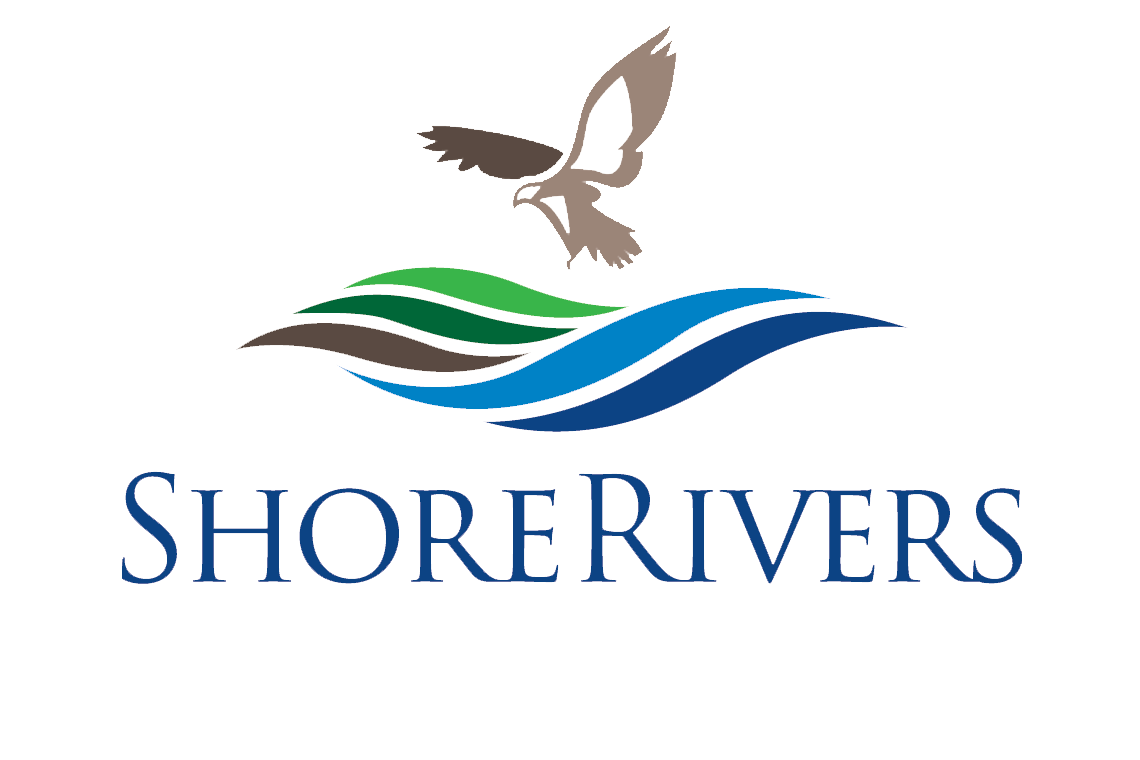Sassafras Riverkeeper Emmett Duke posts a sign warning of harmful algae at the tidal pond between Turners Creek and Llyod Creek.
June 14, 2018 - Warning – a harmful algal bloom in the Sassafras River poses a health risk to people and pets.
In conjunction with the Maryland Department of Natural Resources (DNR), the Sassafras Riverkeeper at ShoreRivers, Emmett Duke, first identified the harmful algal bloom on September 17 in the large tidal pond between Turners Creek and Lloyd’s Creek on the Kent County side of the Sassafras.
The blue-green algae, Oscillatoria lemnosa, is producing a toxin called microcystin, which can cause a skin rash and, if ingested, can cause liver damage.
Especially dangerous to young children and small animals because of the higher possibility of ingestion, the U.S. Environmental Protection Agency and the Maryland Department of Environment have established guidelines for exposure in a recreational setting – 4 parts per billion (ppb) and 10 ppb, respectively. The most recent algae sample from the pond, taken September 17, contained 69 ppb of the toxin. For this reason, ShoreRivers recommends avoiding contact with water in the tidal pond until the level of the toxin has fallen below the guideline level.
Currently, a warning sign from the Maryland Department of Health and Mental Hygiene is posted at the river entrance of the tidal pond. Testing will be conducted at least weekly, and the sign will remain in place until the testing shows no more danger.
“Oscillatoria lemnosa is a naturally-occurring algae that lies in the river sediment. A combination of high levels of nutrient pollution and unusually high water temperatures contribute to this and other harmful algal blooms. It’s hard work and everyone needs to do their part, but we can prevent these harmful blooms by reducing nutrient pollution,” added Duke.
ShoreRivers is actively implementing restoration projects and advocating for strong clean water policies that will reduce nutrient pollution and help prevent similar harmful algal blooms. If you notice what appears to be a significant algal bloom on local waterways, please contact ShoreRivers at 443-385-0511.

